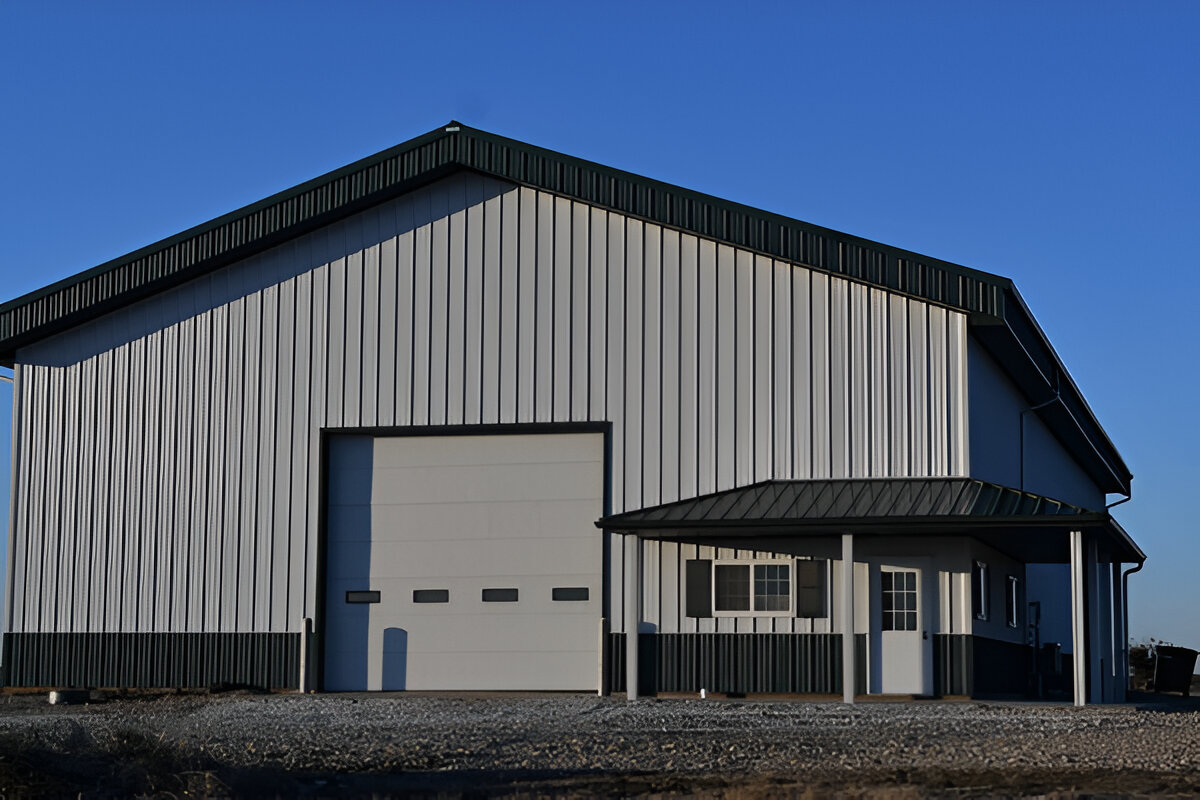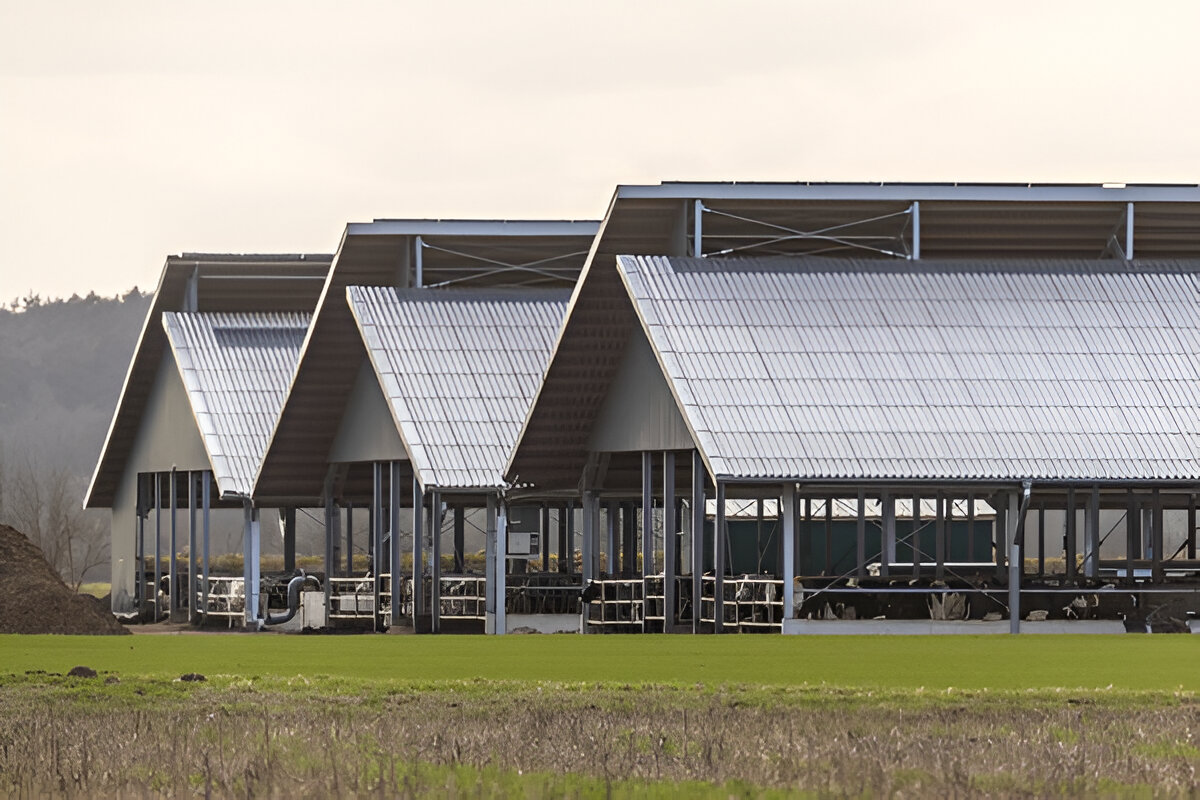Before we delve into the evolution of farm sheds over the centuries, let’s imagine the scene: A bucolic landscape, the perfect balance of Mother Nature complemented with human invention – a farm. As your eye scans the picturesque view, you notice a structure that stands firmly, contributing to the character of the landscape. Yes, it’s the humble farm shed, an unsung hero, quietly serving its purpose. But have you ever wondered how this often overlooked structure came into being? Or how has its architecture evolved over time?
This post will trace the journey of farm sheds melbourne – the unsung hero of a farm, from their rudimentary beginnings to the multifunctional buildings we often see today. We will unpack their architectural evolution, scrutinize the shifts that have occurred and see how they moved from being purely agricultural-based to accommodating more diverse uses.
So, join us as we embark on this exciting journey, shedding light on the evolution of farm sheds and their changing face over the centuries. This exploration will not only quench your curiosity but will also provide insightful context to appreciate these versatile entities more deeply.
The Origin – A Glimpse into the Past
The origin of farm sheds can be traced back to the early human settlements when agriculture was the backbone of survival, and hence, storage and animal shelters ranked high on the list of necessities. Initially, these sheds were rudimentary structures made up of materials readily available in the environment—mostly wood and straw.
The main purpose of these structures was to provide shelter for livestock, crops, equipment, and tools. The architecture was less about visual appeal and more about functionality. This focus on utility characterized farm sheds melbourne for centuries, marking the early chapters of their architectural journey.
Even today in many parts of the world, these simplistic structures are common, serving their purpose admirably and reminiscent of a time when architecture was about pure function.

The Transition – Evolution in Material and Design
By the time of the Industrial Revolution, changing farming practices demanded more robust structures, turning the time-honored wooden farm sheds into structures made of stronger materials, such as metal and concrete. This phase marked a significant shift in the architectural evolution of farm sheds.
As technology progressed, farm sheds began to be built with precision-engineered steel, providing durability and reliability. Their designs also became more varied to accommodate different farming needs, such as machinery storage, dairy units, or granary.
This period was marked by experimentation, innovation, and customization, contributing to the diversification of farm shed architecture significantly.
Modern Days – Multifunctional Buildings
In our contemporary setting, the architectural evolution of farm sheds has galloped forward like the wind. Farm sheds today are no longer confined to just agricultural needs but have graduated to multifunctional buildings that can serve a multitude of functions.
From being converted into stylish homes, boutique wineries, to wedding venues, modern farm sheds are characteristically versatile and aesthetic. Their design is now a balance of form and function, standing as a testament to the architectural prowess of our times.

We are also witnessing the integration of sustainable solutions in farm shed design. They are now being equipped with solar panels, and built with recycled materials, in an effort to reduce the environmental footprint of these structures.
Analyzing the Pros and Cons of the Evolved Farm Sheds
As with any evolution, the architectural shift of farm sheds has its share of advantages and disadvantages. On the bright side, modern farm sheds are versatile, resilient, and can be customized to fit individual needs. However, the use of industrial materials like steel might impinge on the authentic farmhouse aesthetic.
Decoding the Future of Farm Sheds
As we look ahead, the architectural evolution of farm sheds is poised to continue, adapting to changing needs, technologies, and concerns. It’s not difficult to envision a world where these humble structures will be automated and eco-friendly to an extent that today seems unthinkable.
Concluding the Journey
The architectural journey of farm sheds has been anything but static. They have morphed from basic shelter models into multifunctional buildings that infuse practicality with style. This unsung hero of the farm has witnessed many transformations, each reflecting the societal, technological, and economic realities of their time.
As we relish the modern and versatile avatars of the farm shed today, let’s not forget their humble beginnings. Each shed stands as a symbol of growth, adaptation, and innovation, marking significant chapters in the architectural history. Looking ahead, it’s clear that the future farm sheds will be sustainable, technologically advanced, and more interlinked with our daily lives, thereby opening a whole new chapter in this riveting narrative of architectural evolution.
The story of the farm shed offers a broader lesson too – change is the only constant, and in change, there is a fascinating evolution. Whether it’s a farm shed or a skyscraper, architecture tells a tale, narrating history in a most tangible, and yet, a profoundly introspective manner.
TIME BUSINESS NEWS









